Ngorongoro
The Ngorongoro Conservation Area spans from Serengeti National Park in the north, to the Great Rift Valley in the east. In total, the conservation area covers more than 8,000 km² (3,200 sq. miles). It consists of the Ngorongoro Crater, Ndutu, Olduvai Gorge, Empakaai, Olmoti Crater and Oldonyo Lengai Mountain. The mix of forests, valleys, savannah, craters, lakes and swamps is home for a wide range of animals.
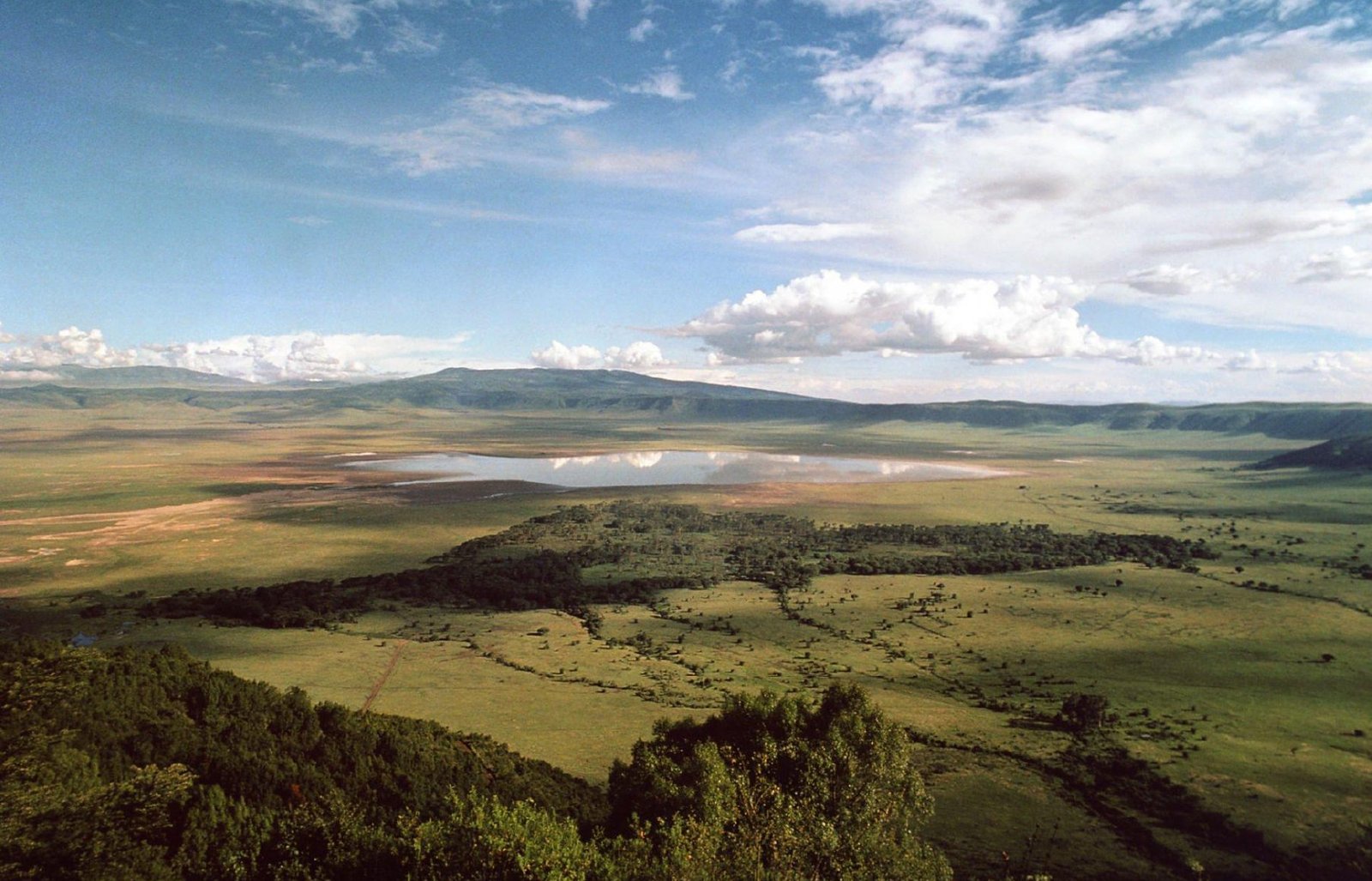
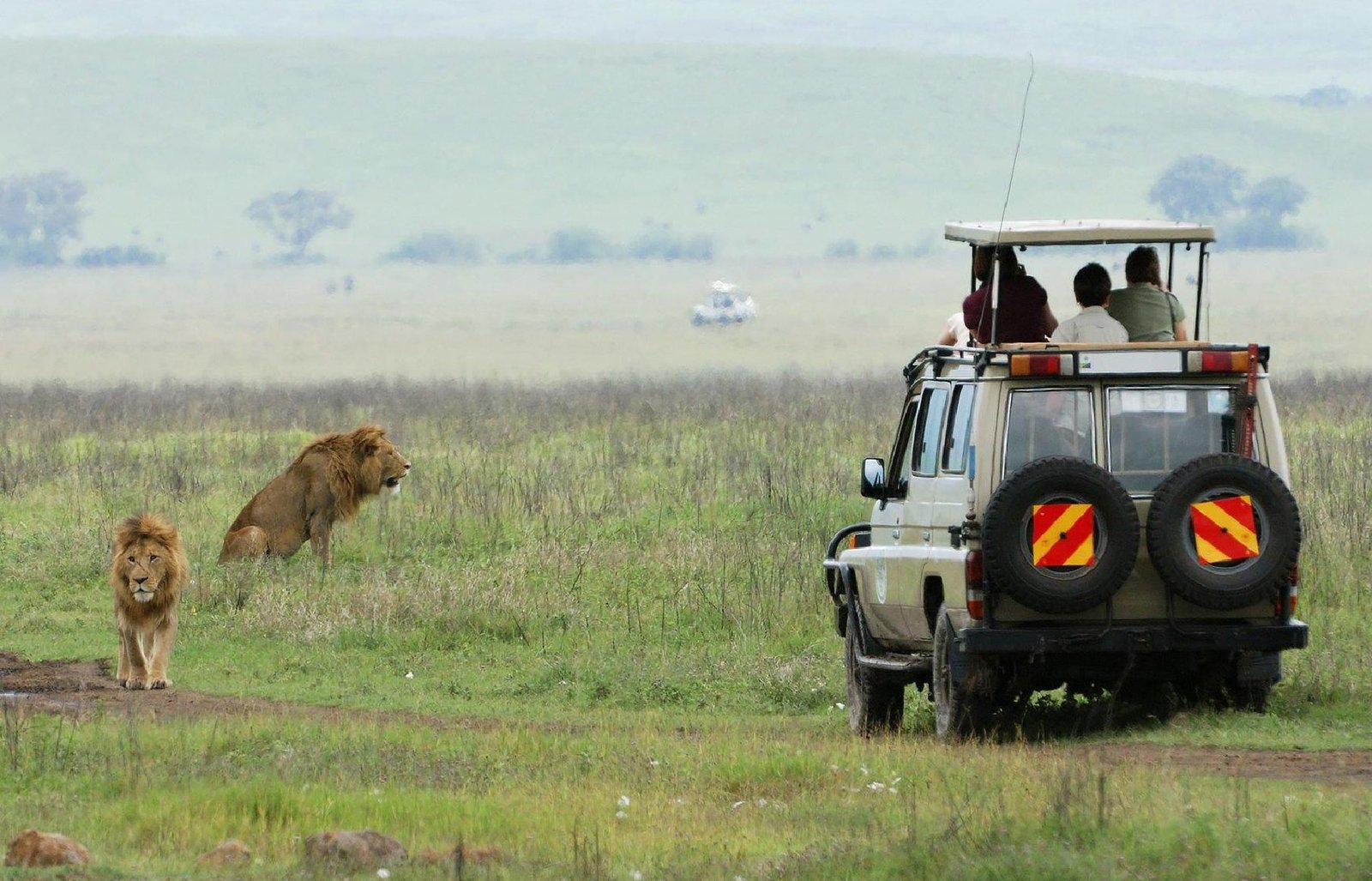
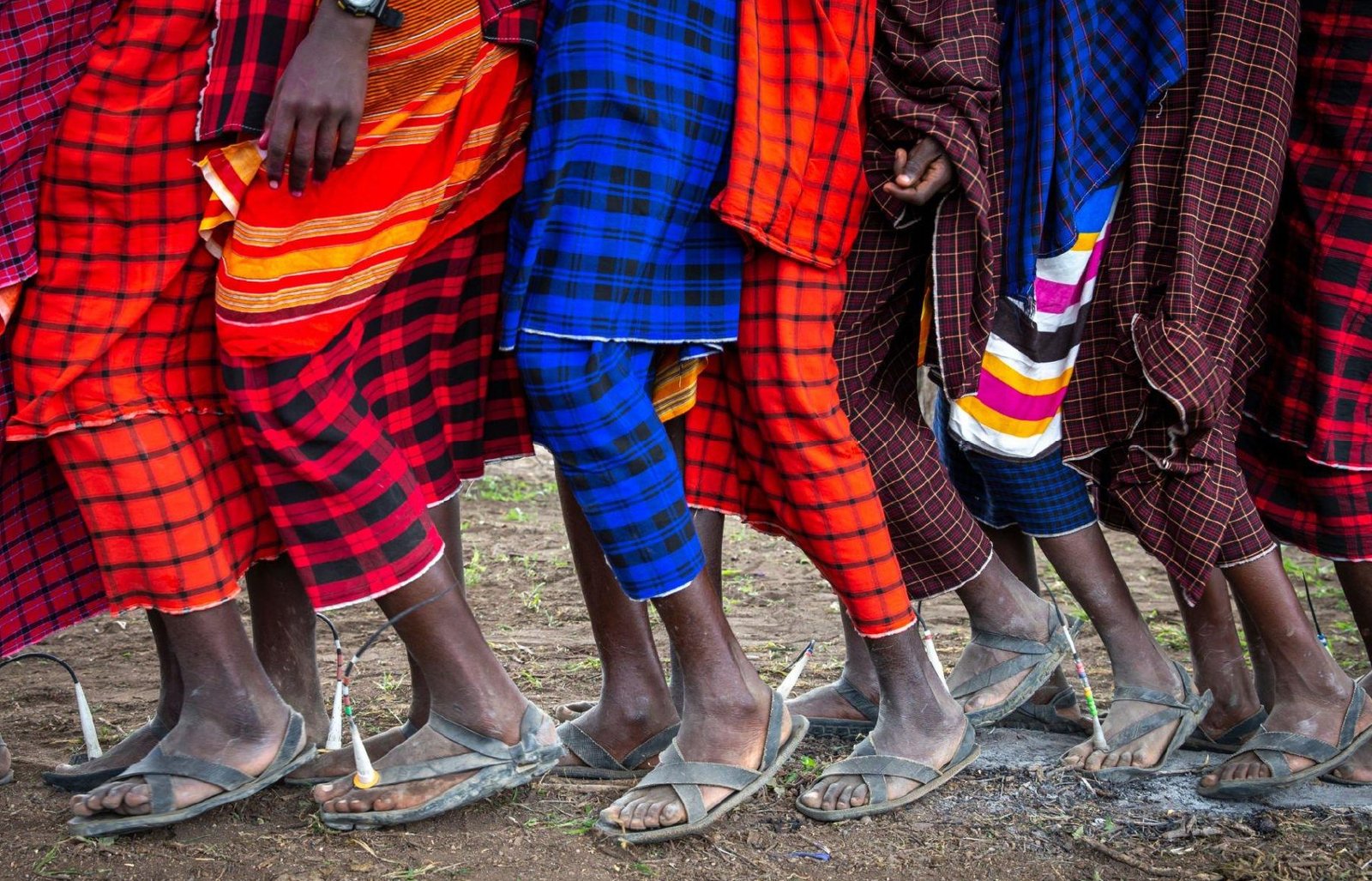
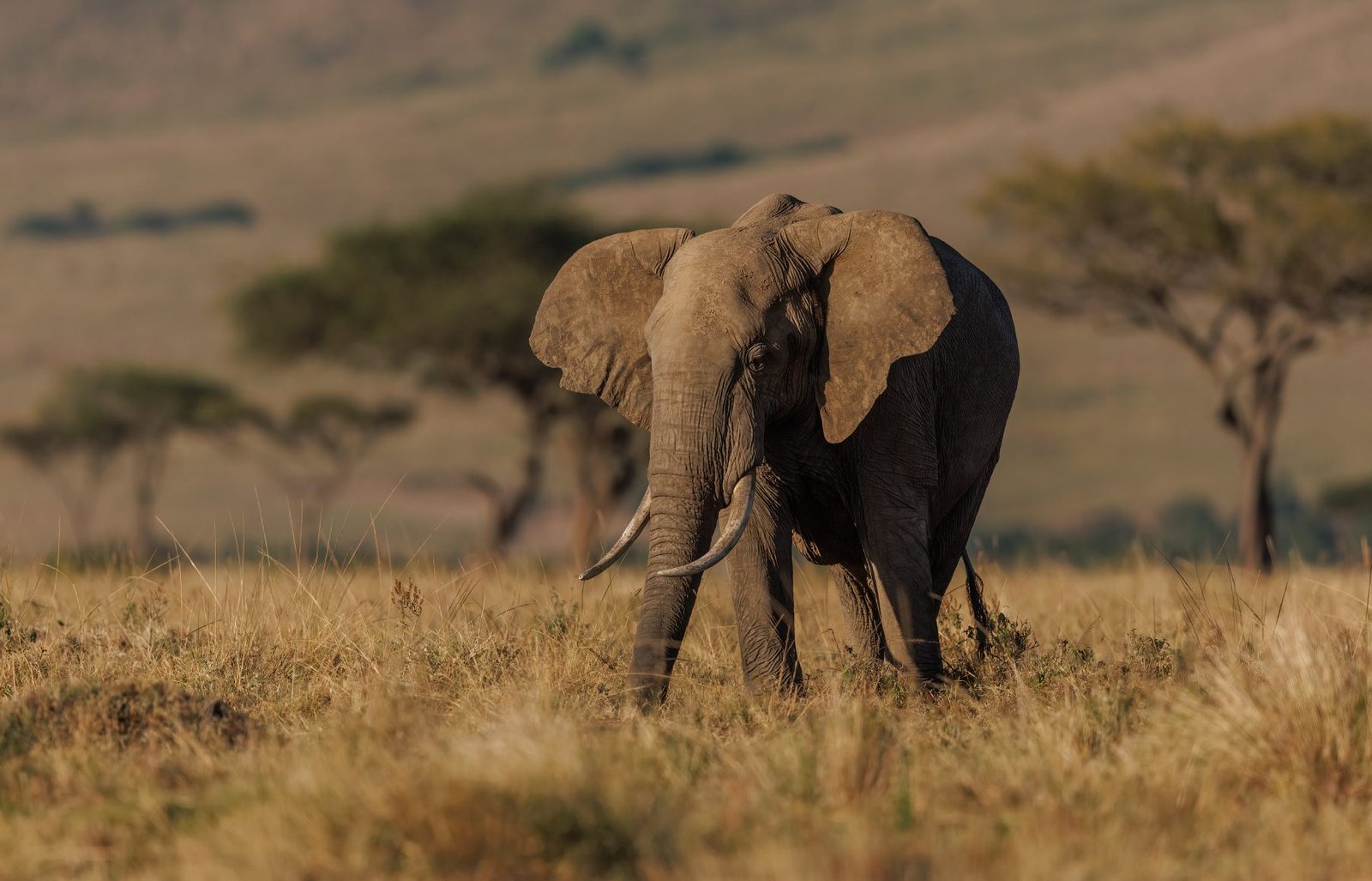
Natural wonder Ngorongoro Crater
The famous Ngorongoro Crater is the main feature of this area. Two to three million years ago the large volcano exploded and collapsed on itself. As a result, the crater formed which then created a unique ecosystem with a wide variety of vegetation.
Today the crater is home to the highest concentration of wildlife in Africa. It is home to zebras, buffaloes, warthogs, baboons, elephants, flamingos, ostriches and hippos. You can find a high population of predators, including lions, hyenas, jackals, cheetahs and leopards. And a big attraction of the Ngorongoro Crater is of course the Big Five – buffalo, elephant, leopard, lion, rhino. You can see them all in this 20 kilometres (12,5 miles) wide and 600 metres (2,000 feet) deep crater. Enjoy the variety of animals and beautiful colours of the landscapes. The views from the crater rim over the crater floor are incredible. Because of its natural beauty, the crater is chosen as one of Africa’s Seven Natural Wonders.
Maasai tribe
During your safari, it is also possible to visit the Maasai tribe. They are allowed to let their livestock graze in this area. If you really want to learn more about the lifestyle and rituals of this fascinating tribe, we recommend you book a Maasai Tour.
Do you like to incorporate Ngorongoro Crater into your itinerary? Check our Tanzania safaris for inspiration or contact us for personal advice.
Most common animals in the Ngorongoro Conservation Area
- Rhinos
- Hippos
- Lions
- Grant Gazelles
- Thomson Gazelles
- Zebras
- Wildebeests
- Warthogs
- Highland Antelopes
- Elephants
- Jackals
- Ostriches
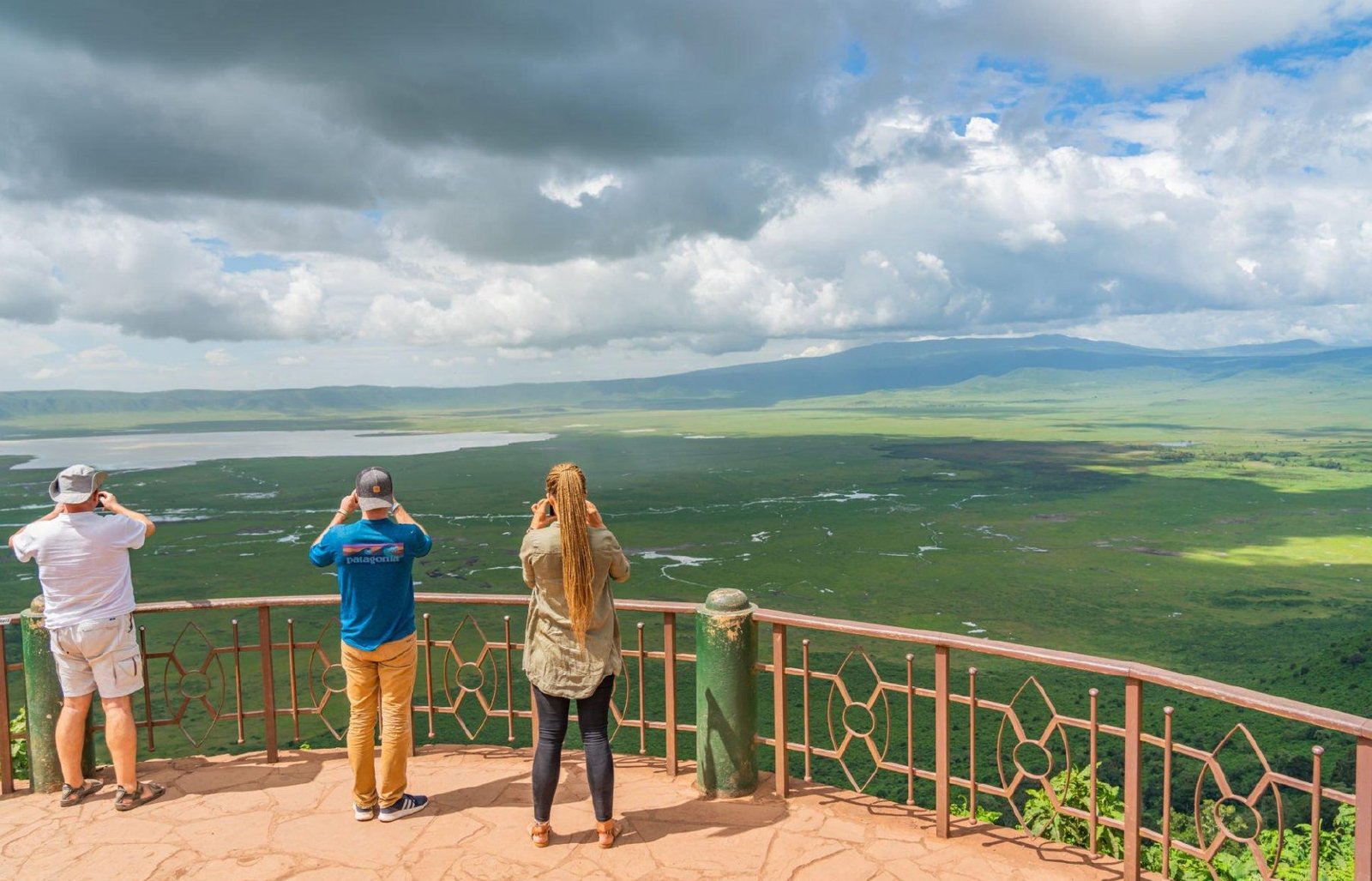
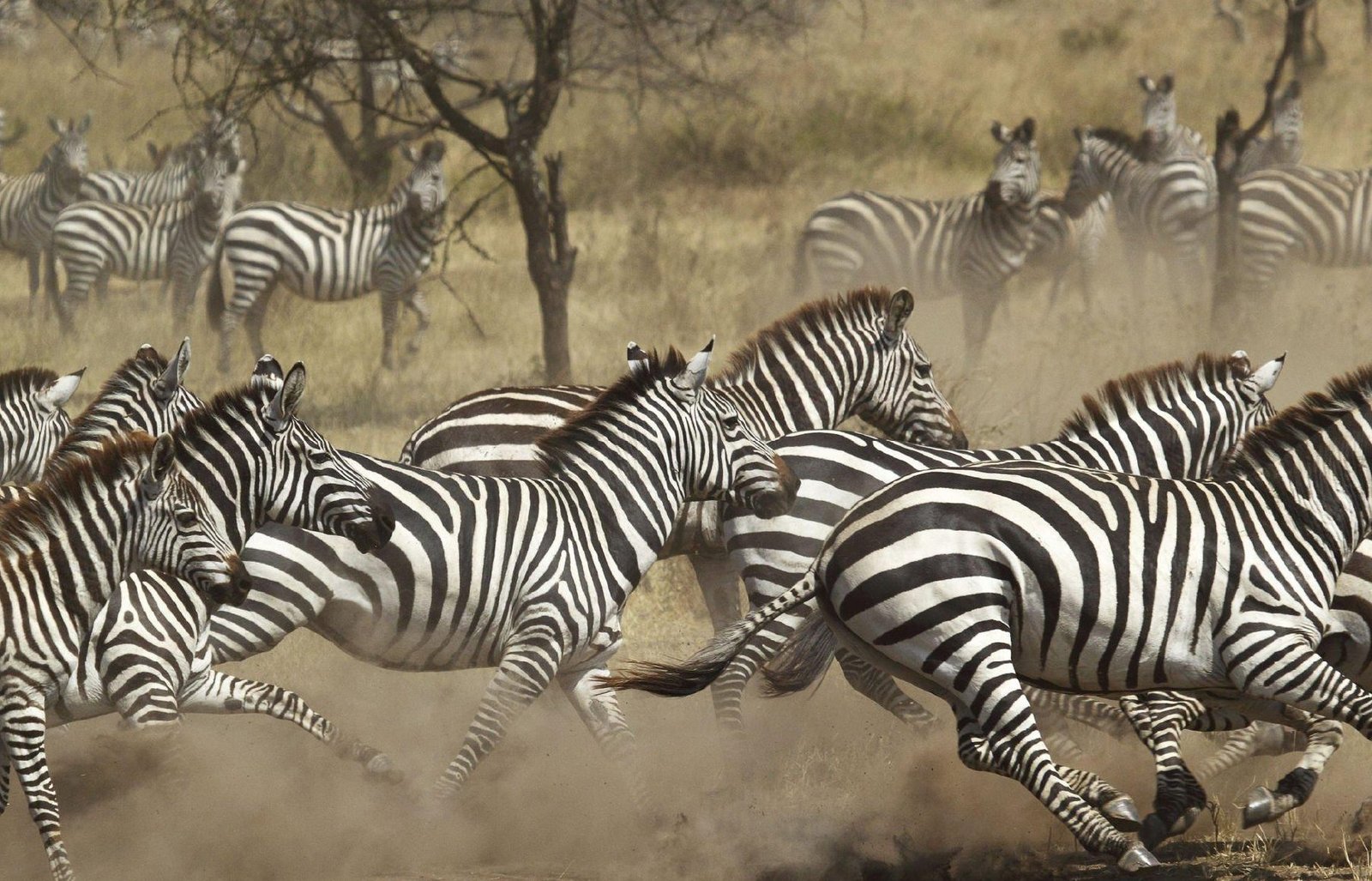
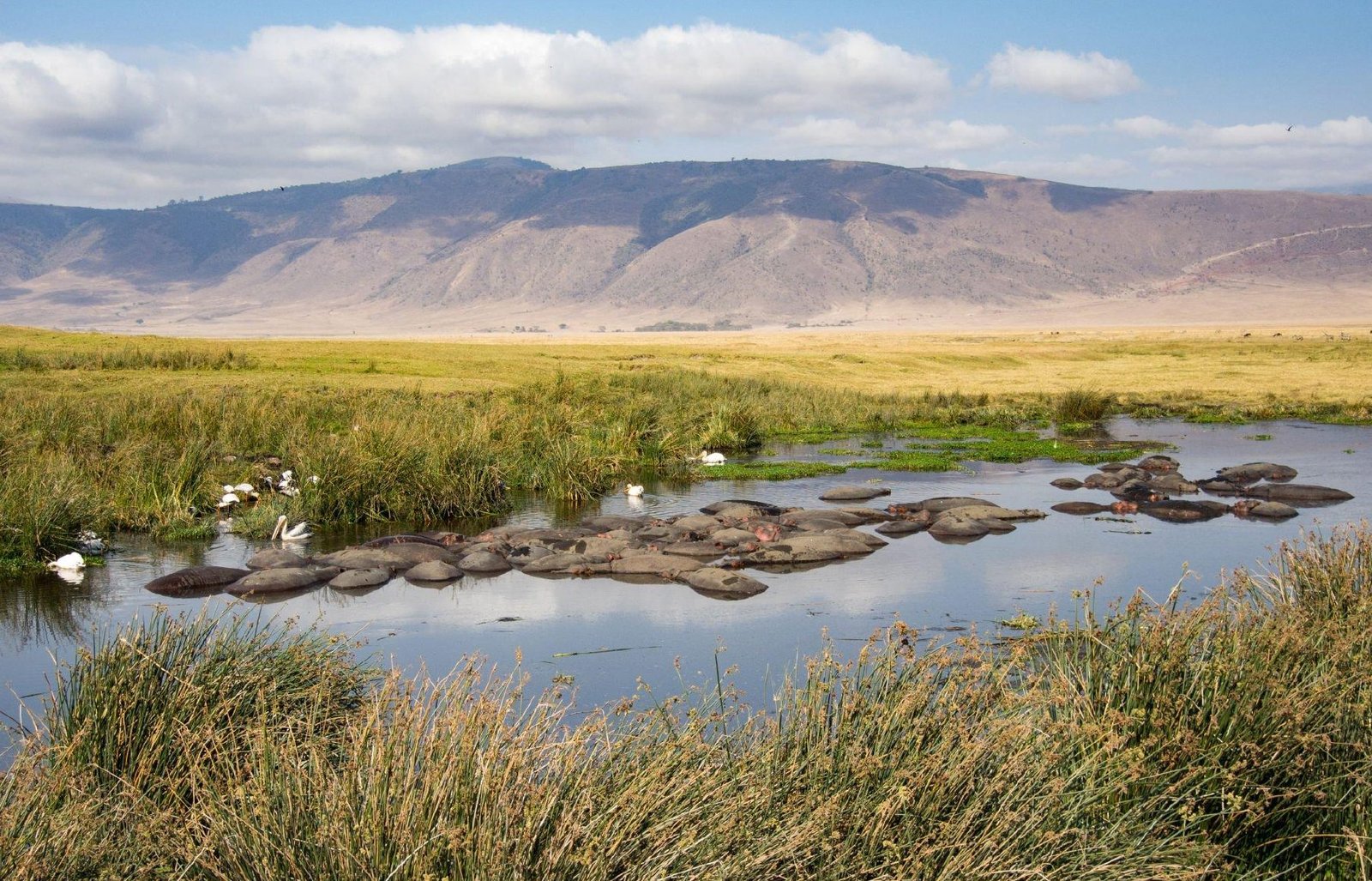
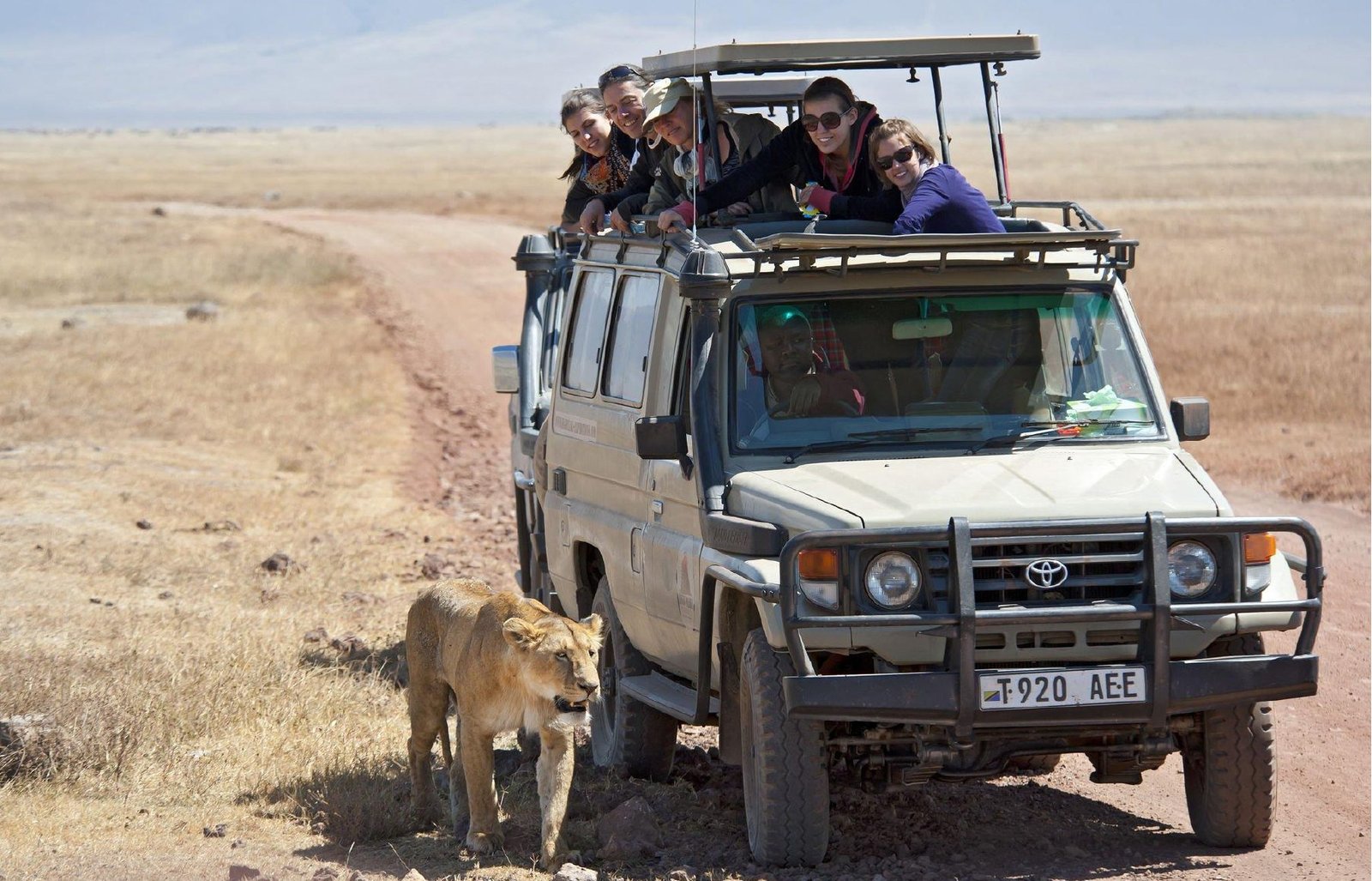
Ngorongoro facts
1. The Ngorongoro Crater was formed when a large volcano erupted and collapsed on itself. This explosion created a caldera approximately two and a half million years ago.
2. When it was a volcano it was thought to have been a similar size to Mount Kilimanjaro, one of the world’s highest mountains. Estimates of the volcano’s original height vary between 4,500 to 5,800 metres. The crater itself is about 610 metres deep and 260 kilometres squared.
3. Approximately 40,000 people live in the conservation area. They share the land with an incredible amount of wildlife. There are around 30,000 animals ranging from leopards, cheetahs, elephants and hyenas to warthog, buffalo and impala. It’s also one of the best places to see the endangered black rhino and black-maned male lions.
4. You won’t find any giraffes in the crater. It’s thought they can’t enter as the sides are too steep for them to walk down. However, you’ll still be able to find them around the crater.
5. The Ngorongoro Crater along with two others in the region (Olmoti and Empakai) was enlisted as a UNESCO World Heritage Site in 1979. It’s also one of the Sevens Natural Wonders of Africa.
6. The Ngorongoro Conservation Area is one of the most important prehistoric sites in the world. Olduvai Gorge is located in the Conservation Area, and this was the location for a major archaeological discovery in the 1950s. The fossils discovered here are said to be the earliest known evidence of the human species, and hugely furthered our understanding of evolution.
7. Tourism is essential for economic growth however visitor numbers are being monitored to avoid damaging the environment. Around 450,000 people travel to the Ngorongoro a year and all are required to obtain a permit to enter the crater and gorge.
8. The region has welcomed numerous famous people including Prince William, Bill Clinton and the Queen of Denmark. Visitors to Ngorongoro account for approximately 60% of the 770,000 who travel to Tanzania each year.
9. The Oscar-winning movie Out of Africa was filmed partly in the Ngorongoro Conservation Area. One of the scenes in which you can spot the Crater is when Denys takes off from the Olkurruk airstrip and flies over the Masai Mara and Ngorongoro.
10. The Ngorongoro Crater is also referred to as ‘the Garden of Eden’ due to its dazzling beauty and being a paradise for animals.
Excursions and activities in Ngorongoro Conservation Area
- Mountainbike tour Lake Manyara
- Visit Maasai village
- Visit Hadzabe tribe
- Cultural tour Mto wa Mbu
Travel time to Ngorongoro Conservation Area
- Arusha to Ngorongoro Conservation Area: 3 hours
- Ngorongoro Conservation Area to Serengeti National Park: 2 hours drive.
- Ngorongoro Conservation Area to Lake Manyara: 1-hour drive.
- Ngorongoro to Tarangire: 2 hours’ drive